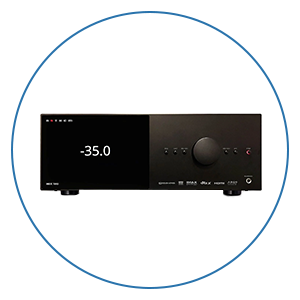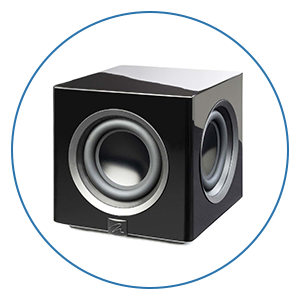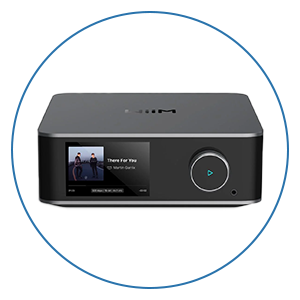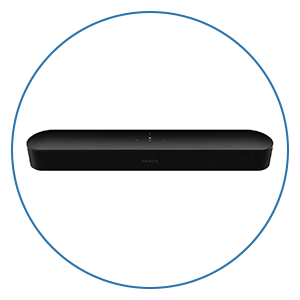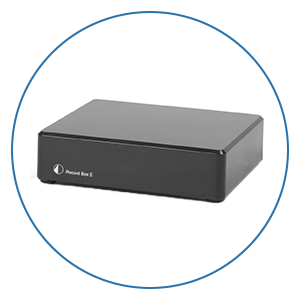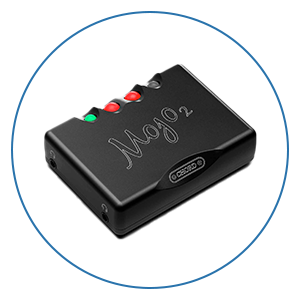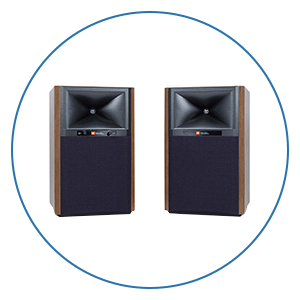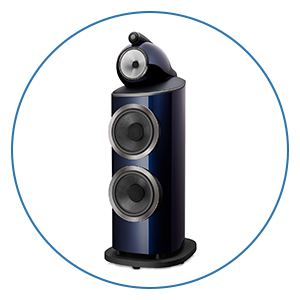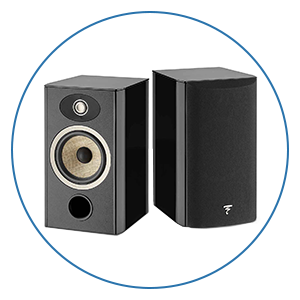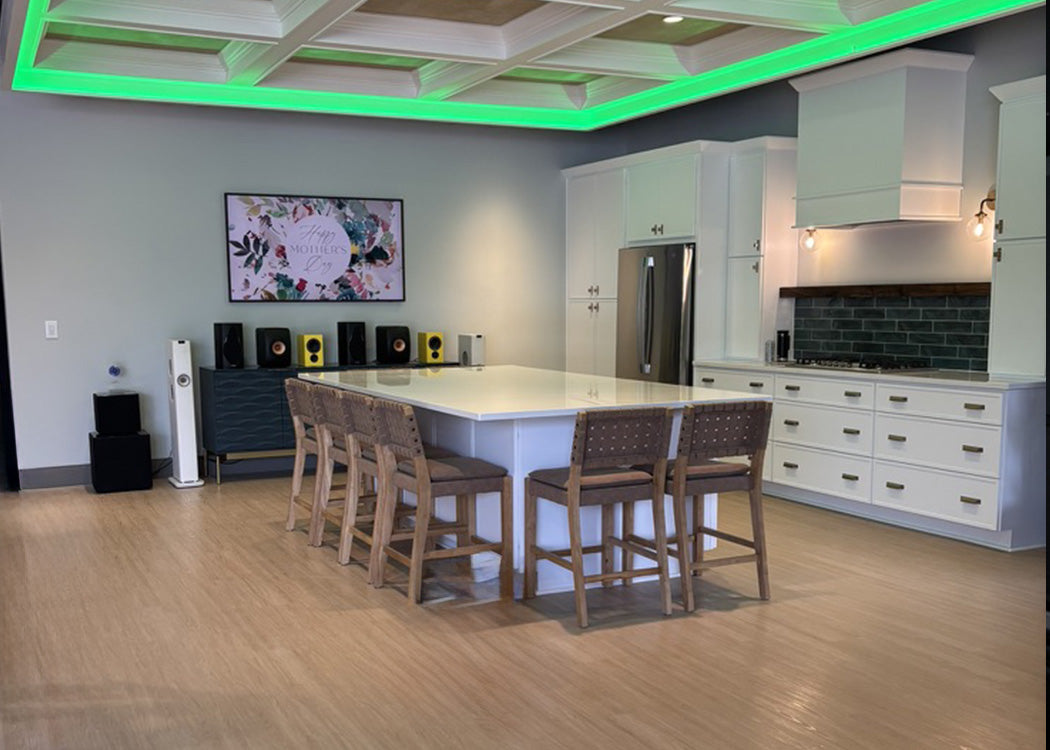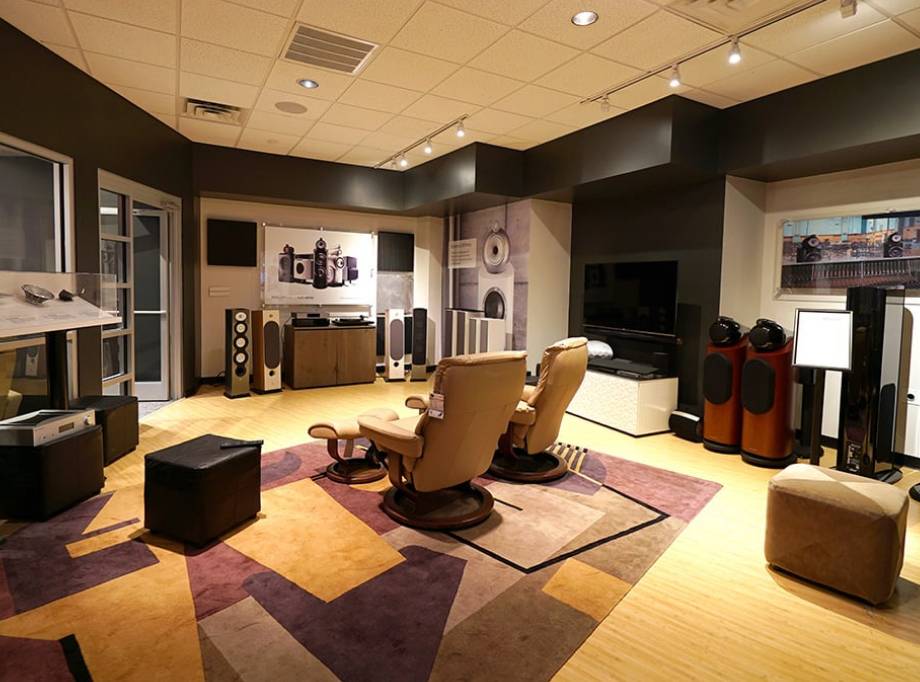Physical Media vs. Digital Media: What's Best for Your Home Theater?

In 2025, we’re surrounded by digital convenience. You can pull up a movie on your phone in seconds, stream your favorite show in 4K from just about anywhere, and even ask your smart assistant to pick up right where you left off. But for home theater enthusiasts who are building or upgrading a dedicated media room, the debate between physical media and digital content is more alive than ever.
We hear this question a lot from our customers: is it still worth investing in a Blu-ray player? Is physical media dying out? Or has streaming gotten good enough to make the switch completely? And what about systems like Kaleidescape that promise Blu-ray quality and beyond with digital convenience?
If you’re building a home theater and want the absolute best in video and audio performance, this decision matters more than it might seem. So let’s break down everything you need to know, based on current tech, trends, and firsthand experience from our team installing home theaters across the country every week.
To put it simply, both physical and digital media have their place, but they serve different needs. And depending on how serious you are about your viewing and listening experience, the right answer could look very different from someone else’s.
The Streaming Convenience Trade-Off
Let’s start with what most people are using today, which is streaming. There’s no denying it’s the most popular way to consume content. From Netflix and Disney+ to Apple TV+ and Amazon Prime, nearly every major studio and network now offers high-resolution streaming content. And a lot of it looks pretty good, especially on newer displays. Most now feature HDR, Dolby Atmos, and the picture quality is much better than it was even just five or ten years ago.
But here’s the thing: no matter how good your TV is or how fast your internet connection might be, streaming is still compressed. Heavily compressed, in fact. That’s not a knock on streaming services, as they’ve done an impressive job balancing quality with accessibility, but it’s important to understand what you’re really getting.
Take 4K video, for example. A typical 4K Blu-ray disc delivers video at bitrates around 50 megabits per second. That’s a lot of data, far more than what most streaming platforms are capable of delivering. Netflix 4K content might top out around 15 Mbps under ideal conditions, and more likely is under 10 Mbps in most situations. That’s less than a third of what’s on the disc. What does that mean in practice? In bright scenes with minimal movement, maybe not much. But in fast-paced action sequences, scenes with smoke, fog, or shadows, or complex textures like rain or sand, compression can become really noticeable. You may see artifacts, soft detail, or banding in gradients where the disc holds together beautifully.
Now, for some people, that difference might be negligible. On a 55” living room TV, it may be hard to spot the shortcomings of streaming unless you’re sitting close or really looking for them. But in a dedicated home theater on a 100” screen or a calibrated OLED, it’s a whole different story. The gap widens, and that’s where physical media really shines.
Why Audio Quality Is the Hidden Deal-Breaker
And we haven’t even talked about sound yet. Audio is where streaming services still have the biggest gap to close. While they often support Dolby Atmos or 5.1 surround, it’s typically delivered using Dolby Digital Plus, a compressed format that was designed for bandwidth efficiency, not sonic purity. It sounds fine on a TV or a basic soundbar, but it lacks the depth, dynamics, and detail that a full home theater system can deliver.
Most streaming services deliver around 0.5 Mbps for their audio tracks. Compare that to a Blu-ray or 4K UHD disc, where lossless formats like Dolby TrueHD or DTS-HD Master Audio can deliver audio at around 4 to 6 Mbps, sometimes even higher for complex mixes. And Kaleidescape, which we’ll talk more about next, downloads its audio tracks at a similar level, often around 6 Mbps as well, maintaining full-fidelity sound with no streaming compression artifacts. That’s more than ten times the data being sent to your speakers.
That extra information translates to real improvements in what you hear. More dynamic range. Cleaner, more intelligible dialogue. A more enveloping soundstage. And if you’ve got a full Dolby Atmos setup with overhead speakers, you’ll hear a clear difference in how the object-based audio moves through space. Whether it’s raindrops above your head, the swell of a movie score, or the deep rumble of thunder rolling across the room.
This is especially important if you’ve already invested in high-performance audio gear. You didn’t spend time designing a sound-treated room and dialing in speaker placement just to settle for a lossy audio track. And you definitely didn’t buy a high-end receiver or separates just to feed them compressed sound. If you want your system to perform the way it was designed to, the quality of the source matters, and audio is where it really shows.
Physical Media Is More Accessible Than You Think
Something that many people might overlook is that owning movies on a disc doesn’t have to be expensive. In fact, it’s often the opposite. A quality 4K Blu-ray player doesn’t cost much these days, and you can get a solid, reliable model for a good price. If you're building out a home theater, that’s a pretty small investment compared to the price of your projector, screen, receiver, or speaker system. And it unlocks the full potential of everything you’ve built.
As for the discs themselves, buying a 4K Blu-ray is often the same price, or even cheaper than buying a digital copy from Apple, Amazon, or another service. And when you buy the disc, you usually get the digital copy bundled in anyway. Plus, there's a massive secondhand market where you can usually find great deals.
It’s also worth noting that physical media gives you ownership. When you buy a Blu-ray, it’s yours. No one can remove it from your library, change the version, or suddenly make it unavailable. With streaming, movies come and go all the time. Licensing deals expire. Titles vanish without warning. Sometimes, even digital purchases can be removed from platforms if rights change. Discs, on the other hand, are a permanent part of your collection. You can watch them anytime, with no internet required, and without worrying about availability.
What it really comes down to is that streaming is all about instant gratification. It’s fast, it’s easy, and it’s everywhere. But when you want to sit down and experience a movie in its highest possible quality, picture that looks like it was pulled straight from the studio master, and sound that takes full advantage of your theater, streaming can’t deliver at that level yet.
Kaleidescape: Digital Without Compromise
Now, let’s shift gears for a second and talk about Kaleidescape. If you’re not familiar, Kaleidescape is a premium movie server platform that lets you purchase and download movies at higher than Blu-ray quality, and store them locally for instant playback. There’s no buffering, no bandwidth concerns, and no disc loading. You get the ease of digital access with the uncompromised quality of physical media. Their files can have higher bitrates and retain every bit of the studio master, complete with lossless Dolby Atmos or DTS:X soundtracks.
For people building high-end theaters, Kaleidescape is often the ultimate solution. It’s fast, intuitive, and fits seamlessly into home automation systems. You can browse your collection by cover art, create watchlists, and even script playback sequences that lower the lights and drop the projector screen automatically when you hit play. It's designed for movie lovers who want the best experience possible with zero compromises.
Of course, all of that comes at a price. Kaleidescape systems start in the thousands of dollars and require you to purchase movies through their platform. If you already have a large physical library, there are also options to purchase those movies from their platform at a discount. However, we realize this might not be the right fit for everyone. But for those who want the best of both worlds, physical media quality with digital convenience, it’s hard to beat.
A Hybrid Setup Might Be Your Best Bet
Now, some people ask: if I already own a PlayStation 5 or an Xbox Series X, can I just use that for Blu-rays? The answer is yes, to a point. Both consoles support 4K UHD discs, but with a few caveats. The PS5, for instance, doesn’t support Dolby Vision for physical media. Xbox does support Dolby Vision for streaming, but not from disc. Also, you’ll need to make sure you turn off ALLM on your PS5 and any other game modes on your gaming console. You’ll get HDR10, but not necessarily the full range of what a dedicated player can deliver. And from a usability standpoint, standalone players tend to be quieter, load faster, and offer better disc navigation. So if you’re serious about building a Blu-ray collection, we usually recommend getting a dedicated 4K player. There are great options from Panasonic, Sony, and Magnetar that offer full HDR and advanced audio output.
But here’s the thing we always come back to: not everyone needs to go all-in on physical media. Streaming still plays a huge role in modern home theaters, and for good reason. It’s how most people watch the majority of their content, and the quality has come a long way. On a solid fiber internet connection, with a good streaming box like the Apple TV 4K or Nvidia Shield, you can get really impressive picture quality, especially for casual viewing. If you’re watching a new show on Netflix, or catching up on a sitcom with friends, streaming is perfect. It’s fast, easy, and gives you access to a massive library of content for a flat monthly fee.
But when you sit down in your home theater for movie night, and you want to experience every detail of the cinematography, hear every subtle sound in the mix, and feel your seat rumble during an explosion, that’s when it pays to have a physical disc or even better, a high-bitrate download from Kaleidescape. That’s when quality matters most.
Final Thoughts: Choose the Experience You Want
At Audio Advice, we see a lot of our customers taking a hybrid approach, and we think that’s the best of both worlds. Use streaming for everyday watching, and build a physical or Kaleidescape library for your favorite films, reference titles, and demo material. When you invest in a high-performance display, projector, and speaker system, giving it the best source material is the next logical step. It’s like fueling a race car with premium gas. You want to give your system what it needs to perform at its best.
Whether you go physical, digital, or a mix of both, the key is understanding the trade-offs. Streaming offers convenience and quantity. Physical media delivers consistency and quality. Kaleidescape gives you the pinnacle, if your budget allows for it. No matter which route you choose, the most important thing is to get the experience that brings you joy every time you hit play.
If you ever need help finding the right gear to build or upgrade your system, or you're not sure where to start with your movie source setup, our team is here for you. We love diving into the details and helping people get the most out of their home theaters. Because at the end of the day, it’s not just about technology, it’s about the experience.
We’re Here to Help!
If you have further questions, contact our experts via chat, phone, or email. Or simply visit one of our world-class showrooms to experience speakers, projectors, TVs, and everything in between for yourself before you make a purchase!
If you’re planning your home theater or media room, check out our Home Theater Design page, where we have everything Home Theater related, including our FREE Home Theater Design Tool.
When you buy from Audio Advice, you’re buying from a trusted seller since 1978. We offer Free Shipping, Lifetime Expert Support, and our Price Guarantee. We look forward to serving you!


